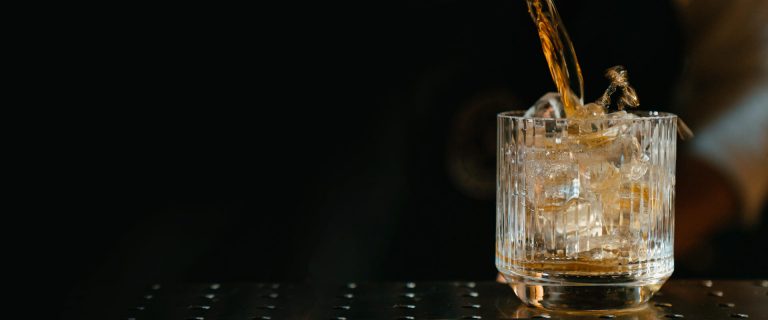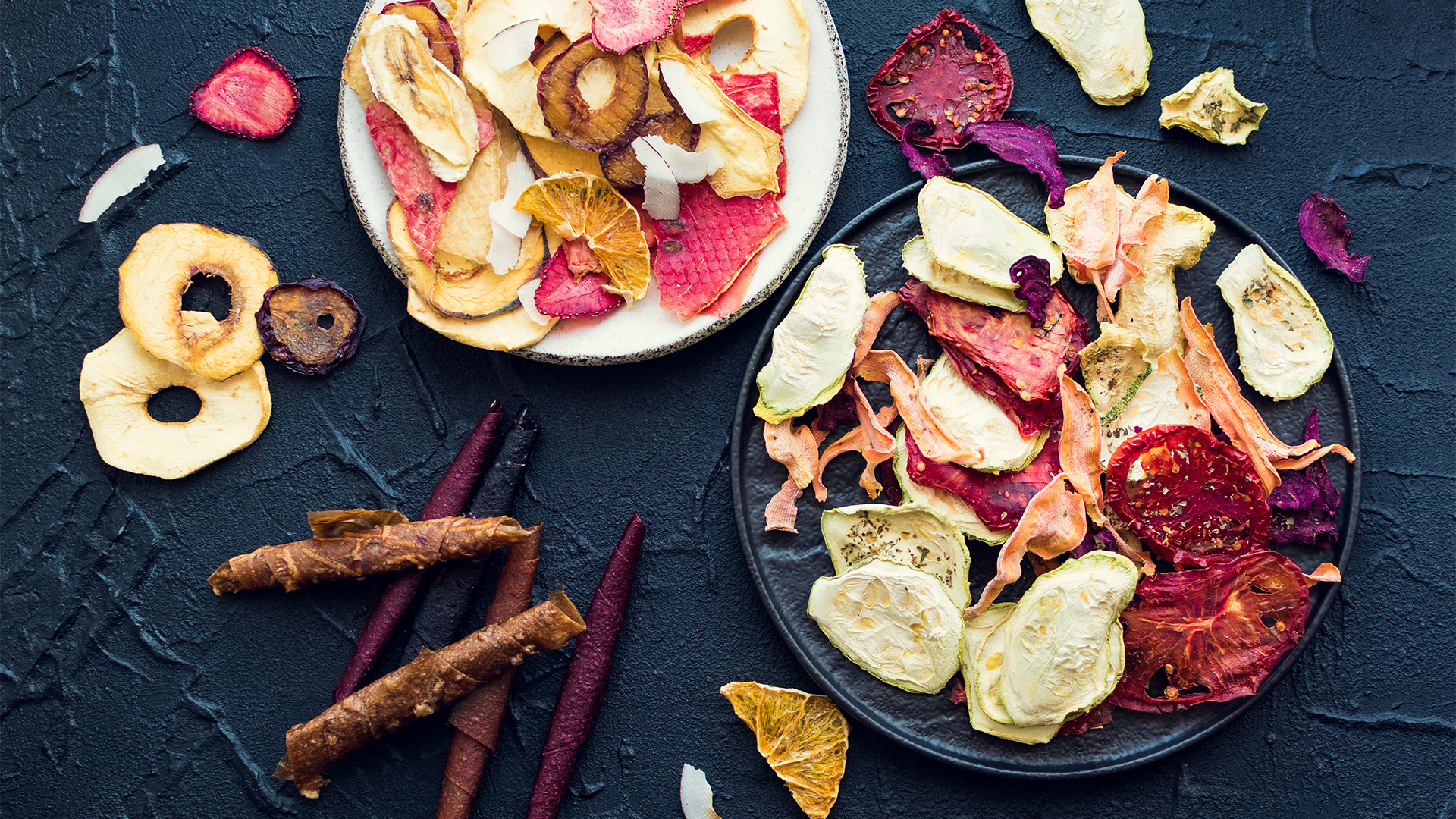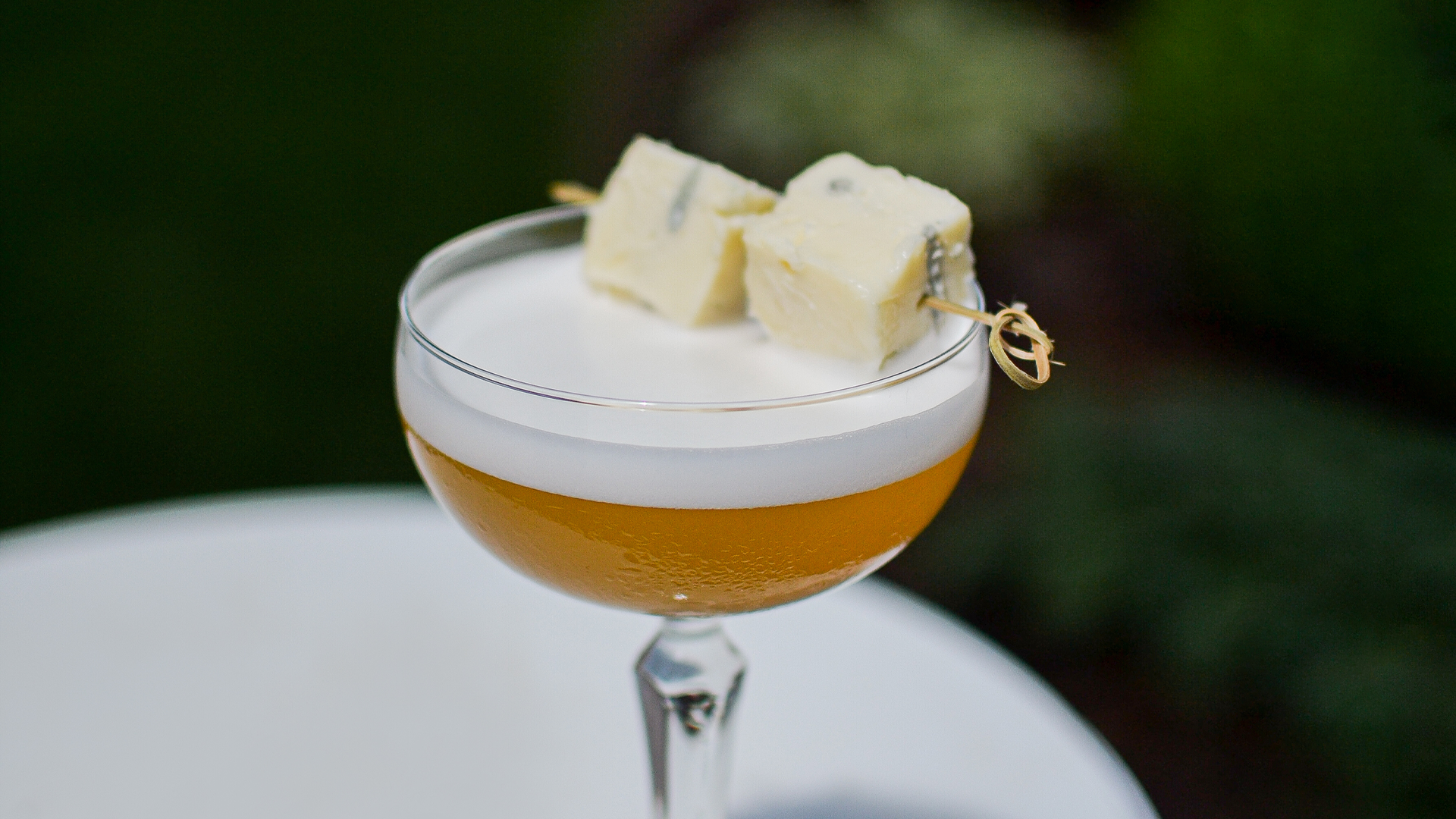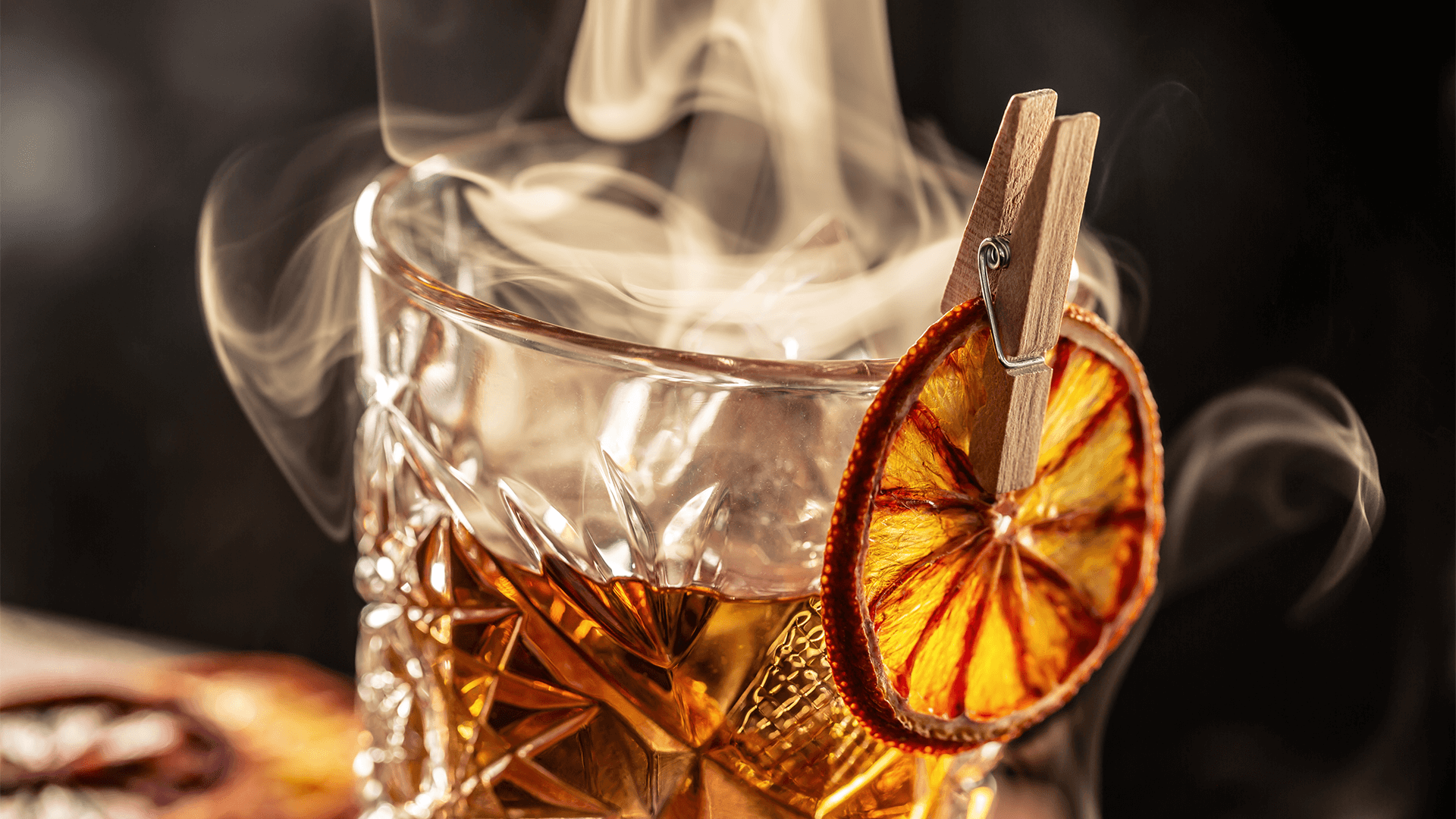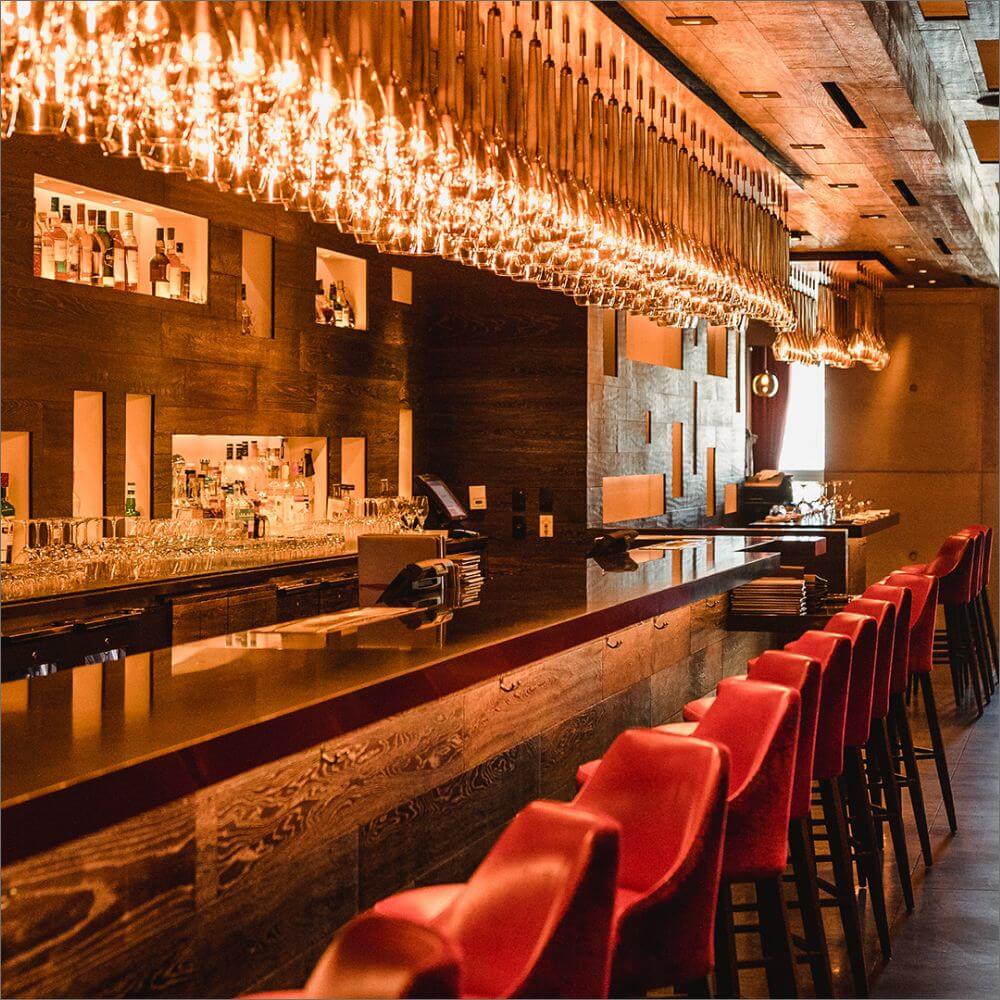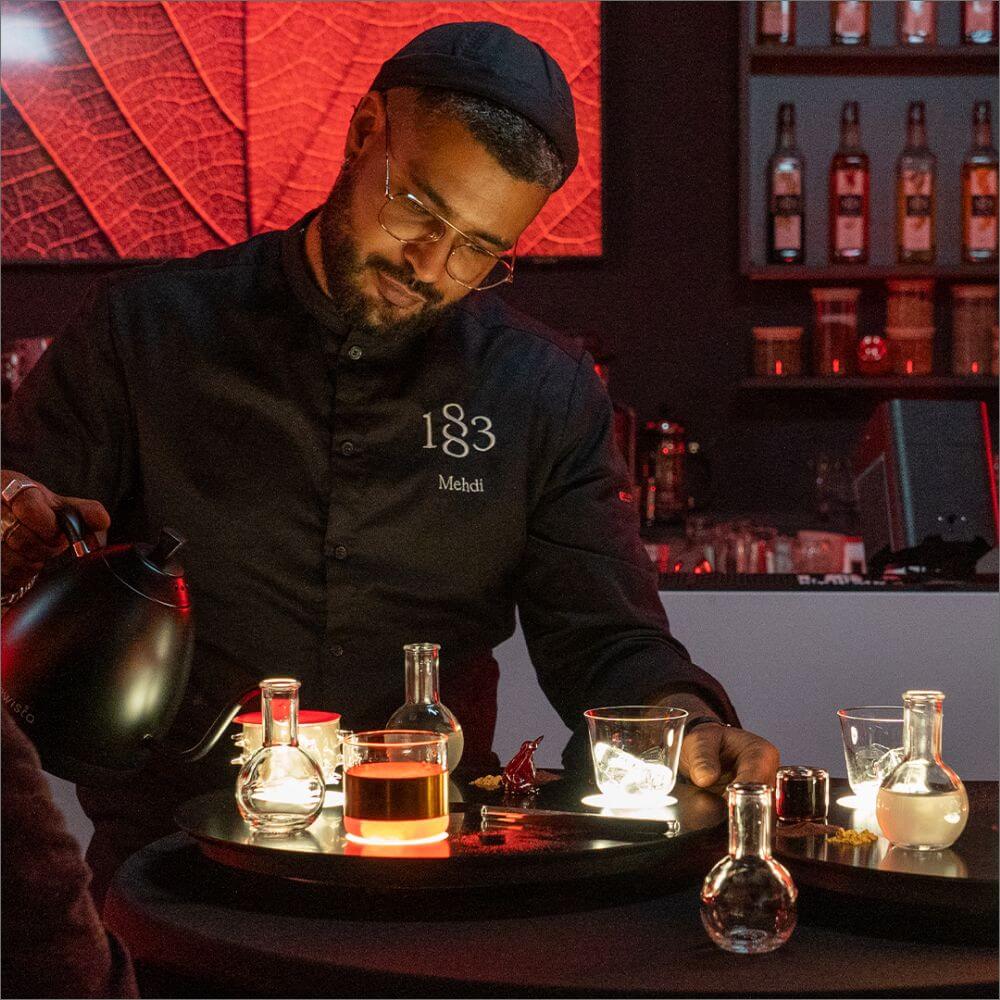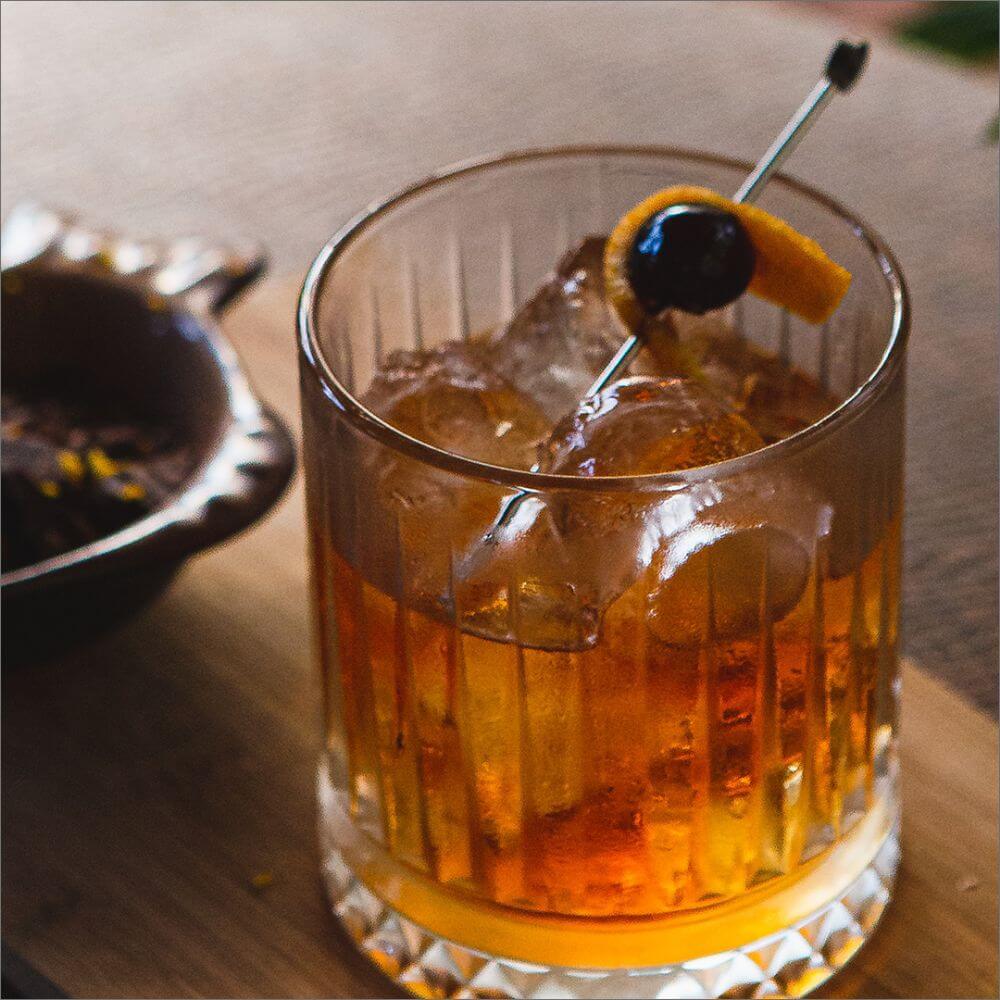Shochu, umeshu, awamori: the Japanese wave
We wore out Eric Fossard’s airpods talking with him about Japan. He and Thierry Daniel form the duo called Liquid Liquid, and they came up with the professional trade fair Cocktails Spirits as well as Paris Cocktail Week. They are keen on the subject, and indeed are spearheading the trend. They are currently preparing for the first edition of Spirits of Japan, an event entirely dedicated to Japanese alcohols, in March. The concept: to introduce the French – foremost among them professionals – to the incredible diversity of Japanese spirits through a gathering of some fifty manufacturers. Tastings have already been organised for the bar community in several French cities, complete with the presence of the Japanese manufacturers, to great success; that’s how we heard it through the grapevine. “The bar world changes quickly,” considers Eric Fossard, “and bartenders like to discover – and especially have their clients discover – new flavours. They play an influential role as opinion leaders, and they are always on the lookout for new, unprecedented tastes.” However, until now, authentic Japanese beverages have remained unknown, or at least little-known, to the French.
And yet the love story between France and Japan has had a long history. Japanese pop culture (manga, animated films), cookery and martial arts (judo) have had a broad French following for many years. Likewise, the Japanese have a very high opinion of the French culinary arts and lifestyle in general. In the mixology world, Japanese bartenders are well-travelled, and they take inspiration from the Western cocktail culture. In keeping with the typically Japanese pursuit of absolute perfection, they have brought their sense of aesthetic excellence to the community, particularly through their attention to glass selection – a finely honed appreciation of vintage glassware – and the art of ice. They are the ones who brought us those sublimely square and diamond-shaped ice cubes.
As for Japanese spirits, one year stands out: 2013, the year that a Japanese whisky received the award for “Best Whisky in the World”. That was the beginning of a massive obsession, with France being one of the countries spearheading the movement. Then came the rise of saké. Today, other authentic Japanese beverages are coming to the forefront, such as shochu, umeshu and awamori, as well as beers and gin. Barley, sweet potato, buckwheat, and of course rice: small-scale, family-based Japanese farms often not only grow such crops but also ferment them, distil the spirits in enamel vats, and bottle them on-site. These beverages offer new tastes for French palates while protecting the excellence that distinguishes the country’s production. In 2020, Japan exported 1.7 million litres of shochu, compared to 116 million litres of beer, 21 million litres of saké and 9 million litres of gin*. Such figures leave room for lesser-known manufacturers. Add the fact that the Japanese government has determined France as a key market and is investing accordingly, and it’s safe to say that the Japanese wave has only begun to unfurl. Get ready for it!
* source Nomunication jp


